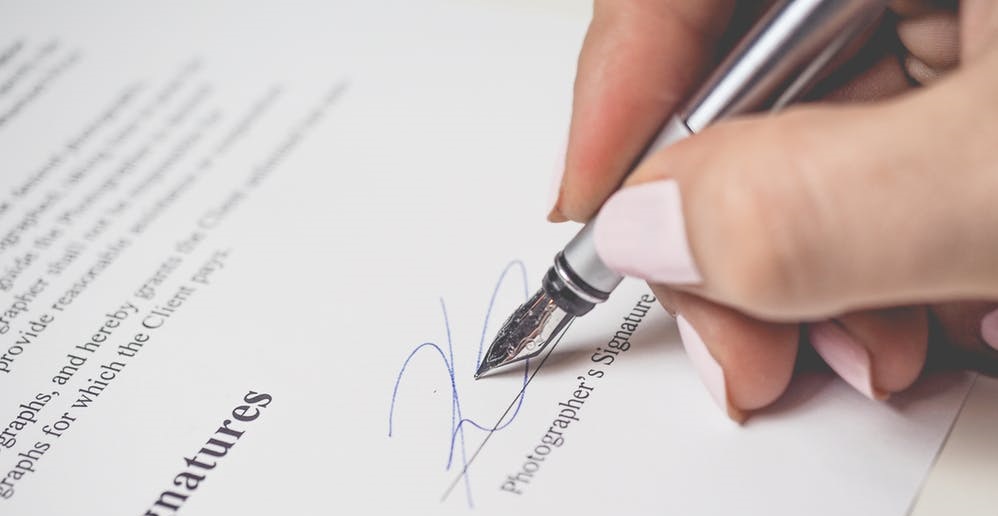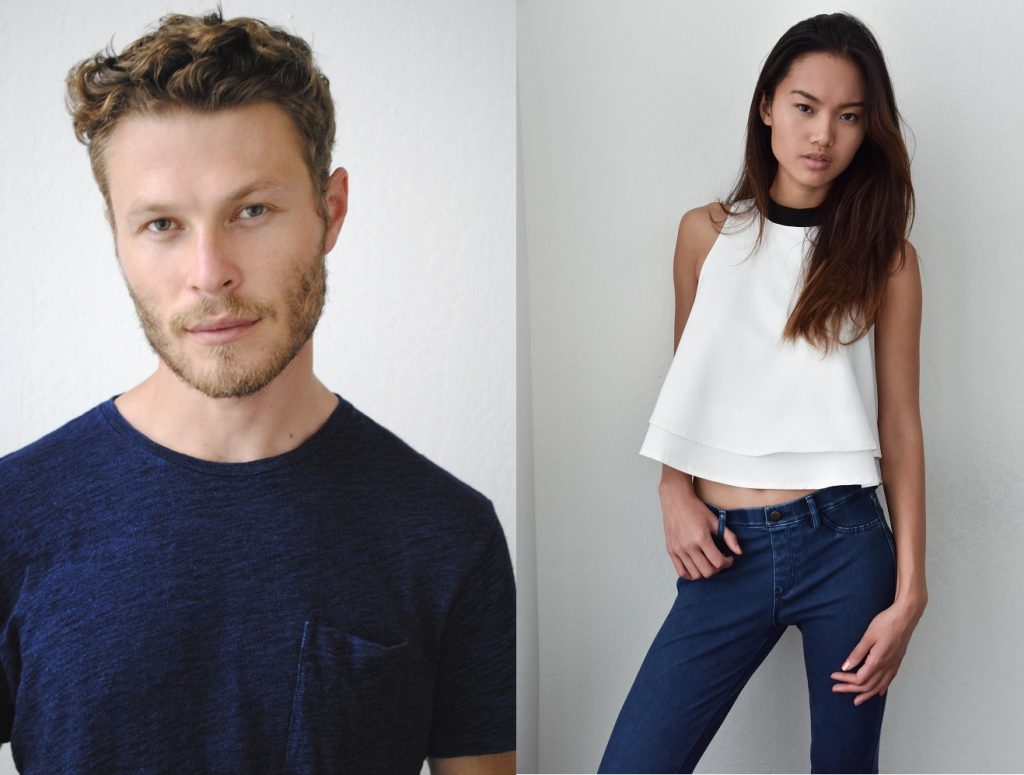Building Your Portfolio
What You Need To Know About Model Release Forms

Model release forms are documents that, if signed, give photographers/clients the right to use your image and likeness through any still or video footage that they have taken of you. Release forms were not used that often before the advancements in technology and social media, but now they seem to be the norm for every shoot.
Part of your agent’s job is to negotiate how and where your final images or film will be used and for how long. This is partly because the client’s use of your likeness can affect your rate. In general, more specifically advertising, greater exposure commands a higher rate, or ‘usage fee’. But, it is also dependent on the budget or brand.
Agents and clients occasionally draw up written contracts to formalize their agreements. They will include rates and usage, plus any non-disclosures or exclusivity clauses. However, clients may still give you release forms to sign at shoots, despite having contracts in place.
DON’T GET CAUGHT OUT
Although clients may have your agent pre-approve their releases or adjust them to match the contracts; there are a few that won’t. Call your agency the moment you receive any model releases that you weren’t alerted about before going on set. Your agent will let you know if you need to make any corrections or alterations to it.
Signing a release without your agent’s permission can potentially hinder your modeling career. You could be authorizing the client rights to unlimited usage of the images, for an unlimited amount of time and without further reimbursement to you.
WHAT TO DO WHEN GIVEN A RELEASE FORM
Should you feel pressured into signing a release, politely inform the client that you are under contract that prevents you from signing anything without your agency’s consent. Additionally, you can say that you would be happy to forward it to your agent for approval.












